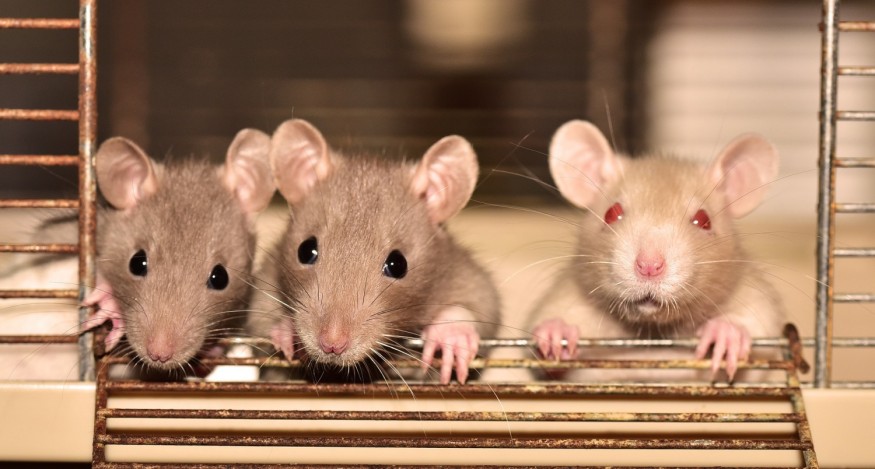Picture this: a rat will willingly work to free a trapped companion, especially when they are in the company of other willing helpers. However, the urge to help others disappears when it is with other rats that are not helping.
According to a study from the University of Chicago entitled "The Bystander Effect in Rats," the social psychology theory of the "bystander effect" in humans is also present in rodents. The finding suggests that helping is facilitated or suppressed depending on the circumstances rather than temperament.

The research was published on July 8 in Science Advances, and it builds off previous research about rat empathy.
Rat empathy
In 2011, a team of UChicago researchers led by neurobiology professor Peggy Mason Ph.D. found that rats consistently help free trapped companions, even saving a bit of chocolate for them. According to their study, this behavior was driven by a rat version of empathy.
Moreover, another study showed that rats treated with antianxiety medication are less likely to free a trapped rat because they do not feel its anxiety. Then on another study, researchers found that rats only freed trapped companions that they had previous interactions.
Bystander effect on rats
John Havlick, the first author of the study, was an undergraduate at UChicago at mason's laboratory when the topic of the bystander effect came up in one of their lab meetings. Mason recalled that her students had been bugging her to do an experiment for the topic, but it was not until Havlik brought it up.
John is now a student at the Yale School of Medicine and has spearheaded experiments to test whether rats would show a classical bystander effect despite their lack of complex reasoning skills.
They used their trapped rat paradigm combining it with rats that were administered with anti-anxiety medication to act as confederates to be indifferent to another rat's distress, thereby ensuring that these rats will not aid their companions.
They found that the rats combined with the confederates were less likely to help than when they are alone, showing a bystander effect on the rats. Moreover, the researchers saw that the presence of confederates blocked the reinforcement for helping.
"It's worse to have a non-responsive audience than to be alone," says Mason. The rats did not help because it was not a rewarding experience when the other rats appear not to care.
Furthermore, the team conducted another experiment wherein they put untreated rats to see how their presence would affect the other rats. In contrast to the prediction of the bystander effect, rats are more likely to help when their companions also help compared when they are alone.
According to Havlik, they first thought that their experiment had failed. However, research on human models suggests that behavior exhibited by the rats is similar to people.
Implications to society
Bystander effect roots back in 1964 when Catherine "Kitty" Genovese was murdered in a crowded residential neighborhood in Queens, New York. At that time, 38 bystanders saw the murder but did not intervene.
That story was later on proven inaccurate, but it inspired psychologists Bibb Latané and John Darley to investigate why so many people decided not to help.
In research published in 2019, an analysis of surveillance videos showed that groups of bystanders helped more than 90% of violent encounters.
Study co-author Maura Jacobi, MD, said that these patterns of helpfulness go deeper than the lessons learned in school about being helpful to other people. Based on Mason and her team's research, this phenomenon is not exclusive to humans.
© 2025 ScienceTimes.com All rights reserved. Do not reproduce without permission. The window to the world of Science Times.












